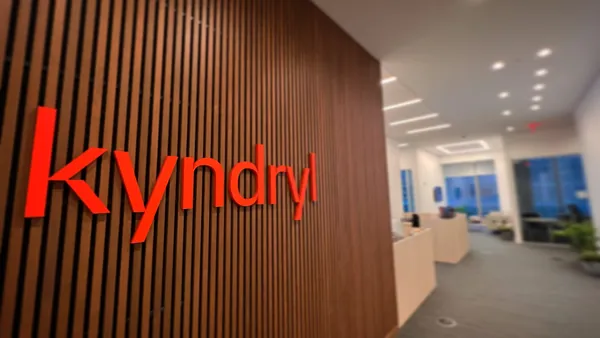Since the Agile Manifesto was released, Agile methodology has revolutionized the way teams approach work, emphasizing flexibility, collaboration, and continuous improvement. Today, Agile tools offer undeniable benefits, providing centralized platforms for task management, progress tracking, and communication, and enabling teams to visualize workflows, manage backlogs, and monitor project timelines.
But wait a minute — aren’t we supposed to put more value in “individuals and interactions over processes and tools?” Therein lies the challenge. When is the tool a barrier and not the discreet enabler of human interactions or provider of data and insights to enhance human decision-making?
The structured nature of many Agile tools can inadvertently lead to a rigid, prescriptive approach that stifles the very essence of agility. Below we’ll discuss the allure and limitations of Agile tools — and how your team can foster real agility to innovate faster together.
The pitfalls of prescriptive workflows
Many Agile tools come equipped with predefined workflows and specific vocabulary that dictate how tasks should progress through various stages and define what artifacts are needed. While this may seem efficient and standardized, it can create a false sense of structure that discourages experimentation and innovation. For example, do you need a user story format to describe the work being done, or a jobs-to-be-done format? And what epic do those belong to?
While the idea of Agile is to allow teams to pivot and adjust their strategies as needed, these rigid approaches can inadvertently hinder flexibility. For instance, a tool-enforced sprint planning process might end up restricting a team's ability to dynamically prioritize tasks based on emerging insights or unforeseen challenges. This can lead to frustration, decreased morale, and ultimately, reduced productivity.
Real-world consequences of inflexible Agile tools
The consequences of inflexible Agile tools extend beyond individual frustrations. In real-world scenarios, teams may find themselves unable to adapt to changing client needs and expectations, market trends, or technological advancements. Does everything have to be tracked and measured in a ticketing system? Does valuable work not occur without a written, refined, estimated, and approved-by-the-definition-of-ready list? Agile wasn’t meant to be a bureaucratic nightmare, and this inability to pivot can result in missed opportunities, delayed deliveries, and dissatisfied stakeholders.
Moreover, an over-reliance on tools can create a disconnect between team members. When communication and collaboration are primarily channeled through a tool's interface, the richness of interactions and spontaneous brainstorming sessions can be lost. This can lead to misunderstandings, misaligned priorities, and a lack of shared ownership over project outcomes, just by missing the wrong alert or comment in the tool.
Embracing open-screen collaboration
To truly harness the power of Agile, teams need to move beyond the limitations of prescriptive tools and embrace open-screen collaboration. Open-screen collaboration tools provide a flexible canvas for teams to visualize their work, brainstorm ideas, and co-create solutions in real time through pair, ensemble, or mob programming techniques. Unlike traditional Agile tools, these platforms prioritize adaptability and customization, allowing teams to tailor their workflows, discussions, brainstorming, and ideating to their specific needs.
Fostering true agility with collaboration tools
Collaboration tools align seamlessly with Agile principles, promoting transparency, communication, and adaptability. By visualizing work on a shared canvas, teams can gain a holistic view of their projects, identify dependencies, and track progress in real time. Collaboration can be messy and unstructured, but that’s where true creative problem solving occurs — no rigid tool is going to enable that level of human interaction. The enhanced visibility of a shared canvas fosters a sense of shared ownership and accountability, leading to increased engagement and motivation.
Do your teams want to pursue some mix of the ShapeUp framework, dynamic re-teaming, combined with Discovery Trees and rapid prototyping? What tool is going to support all of that in one visual stream of consciousness as the work unfolds? A team workspace on an open canvas will do exactly that.
Furthermore, collaboration tools facilitate effective communication and knowledge sharing. Team members can easily exchange ideas, provide feedback, and resolve issues collaboratively. This open communication channel and single source of truth ensures that everyone is on the same page, reducing the risk of misunderstandings and promoting a culture of continuous improvement.
Agile and its supportive tools are about balance
While Agile tools can be valuable assets, it's crucial to recognize their limitations. By embracing open-screen collaboration tools like Miro, teams can break free from rigid structures, foster genuine collaboration, and unlock their full potential. Remember, the essence of Agile lies in adaptability, flexibility, and continuous improvement — values that are best realized through collaborative, open-screen environments.










